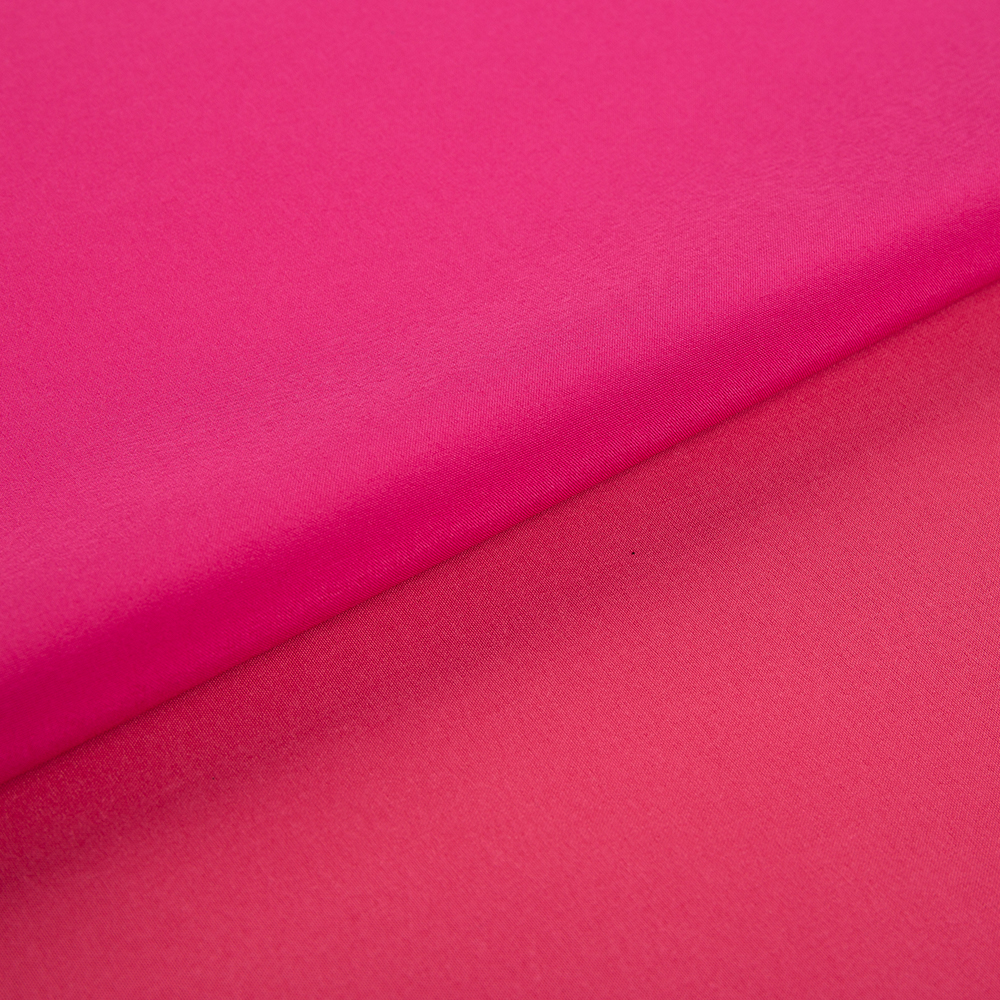Softshell garments are prized for their versatility in outdoor activities, providing a balance of breathability, comfort, and protection from the elements. A critical aspect that enhances their weather resistance lies in the seams and construction methods employed during manufacturing. Understanding these elements can illuminate how softshells perform in various conditions.
Seam Types and Their Impact
The type of seams used in softshell garments directly influences their ability to withstand moisture and wind. Common seam types include:
Flatlock Seams: This method involves sewing two pieces of fabric together with the seam lying flat, reducing bulk and enhancing comfort. While flatlock seams can be less waterproof, they provide excellent breathability and flexibility, making them ideal for high-mobility activities.
Sealed or Taped Seams: For improved weather resistance, many softshells incorporate sealed or taped seams, where a waterproof tape is applied over stitched seams. This technique significantly enhances water resistance by preventing moisture from penetrating through needle holes, crucial for maintaining dryness during rain or snow.
Bonded Seams: In this method, fabrics are bonded together using adhesives instead of traditional stitching. This technique creates a smooth surface, minimizing potential points of water entry and offering a streamlined fit that enhances overall performance.

Construction Techniques
Beyond seam types, the overall construction methods play a pivotal role in the weather resistance of softshell garments:
Layering: Softshell fabrics often feature a multi-layer construction, combining an outer shell with a breathable inner lining. This layering system allows for effective moisture management while providing a barrier against wind and light precipitation.
Zipper and Cuff Design: Weather-resistant features extend to zippers and cuffs as well. Using waterproof zippers and adjustable cuffs can help seal off openings where wind and rain might enter, enhancing the garment's overall protective capabilities.
DWR Treatments: Many softshell fabrics are treated with a durable water-repellent (DWR) finish that causes water to bead up and roll off the surface. The effectiveness of this treatment can be influenced by the construction techniques, as seams and fabric types interact with the DWR properties.
The seams and construction methods used in softshell garments play a crucial role in enhancing their weather resistance. From the choice of seam type to the application of bonding techniques and layering strategies, these design elements work together to create garments that effectively manage moisture and protect against the elements. By prioritizing these features, manufacturers can ensure that softshells meet the demands of outdoor enthusiasts, providing comfort and reliability in a variety of weather conditions. Understanding these intricacies empowers consumers to make informed choices when selecting the right softshell for their adventures.











